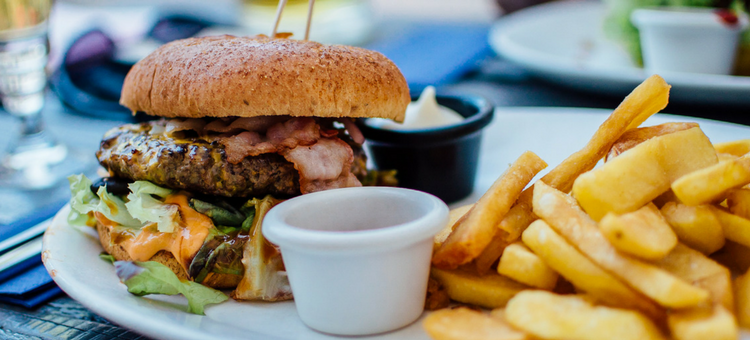
If you want to control your food cost, first you need to know what food cost is. It’s described as “the percentage of total restaurant sales spent on food product.” Successful restaurants try to keep their food costs at 30% or less. So why is food cost so important? Because it’s one of the best ways you have to make your restaurant financially successful—and it’s (mostly) within your control! What can you do to reduce food cost? Read on to find out.
First, it’s important to know exactly how much you’re spending on food—and how much it costs to make each one of your meals. This might sound obvious, but you’d be surprised how many restaurants don’t keep track of this. Make sure you track food costs on a daily basis. Otherwise, you’ll never be able to truly tell if you’re actually reducing costs. Another perk to keeping close tabs on how much you spend on food is that you’ll always notice if a supplier makes a mistake and accidentally overcharges you for a shipment.
After you figure out how much you’re spending on the food you order, you need to make sure you’re charging enough money for it on your menu. One way you can be sure to reduce your food costs is by mixing high and low items on your menu. This means that when you sell a more expensive item, like steak or crab, you combine it with a low cost item, like potatoes or pasta. By doing this, you can charge more because of your most expensive ingredient without breaking the bank when you’re preparing it.
[fl_builder_insert_layout slug=”whitepaper-signup-module-little-black-book-pricing-secrets”]
It’s also important to keep a close eye on how your food’s being prepared in the kitchen. For starters, this means portion control. If you don’t have a predetermined portion size for your side dishes, cooks might serve way too much, which can really eat into your profits. Although making sure portion sizes are consistent might seem tedious at first, it’s an important way to keep food costs under control. Try using food scales or consistently using the same serving equipment to ensure that portion sizes stay the same.
In addition to portion control, another problem you might run into in the kitchen is waste. Do you truly use all of the ingredients that you buy, or do you let them (and your profits) go right into the trash? Less expensive cuts of meat can be repurposed into stir-fries or stocks. And be sure to use up ingredients before they go bad. If you have a surplus of something, create a special instead of letting it spoil and go to waste.
Lastly, theft can definitely increase your food costs. Of course, no one likes to think that his or her employees are stealing, but sometimes it’s a reality. Carefully keep track of your food deliveries as soon as they show up to make sure that nothing goes missing along the way. Require that all sales be rung up on a POS system or cash register before any food is prepared to ensure that extra meals aren’t being made. And consider offering a free (but low-cost for you) meal to employees to keep them happy and ensure that they won’t try to steal more expensive items from you.
Although it requires some effort and care, controlling your food cost is possible if you keep these ideas in mind.
Save On Cookware Sets, Dutch Ovens & Nonstick Pots & Pans for the Home Chef at eTundra.com!
